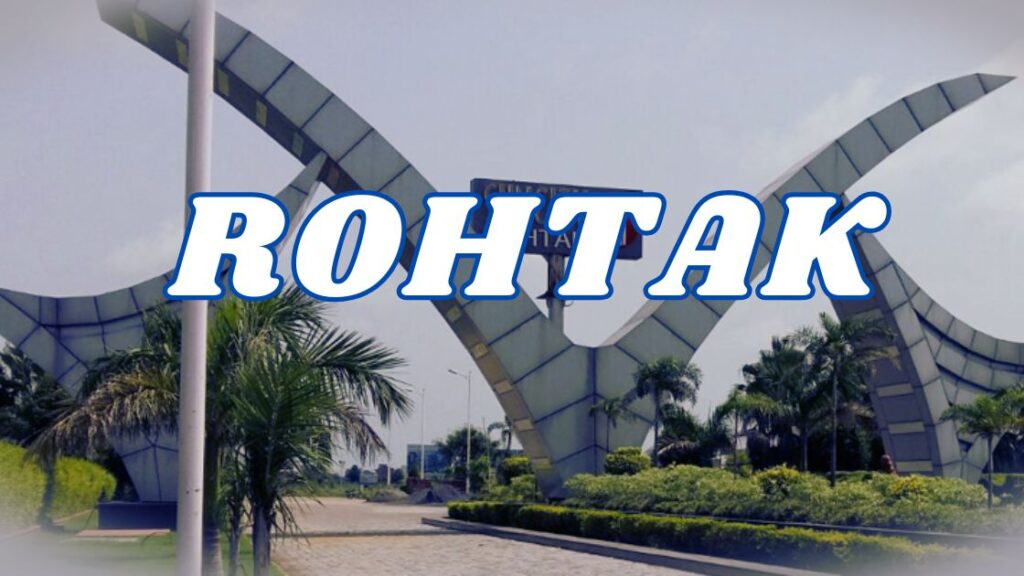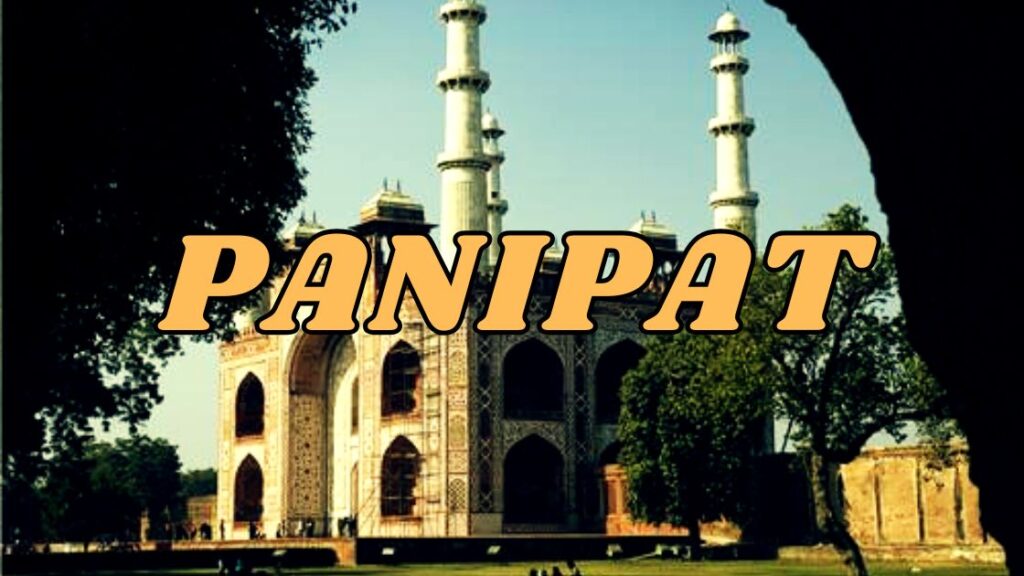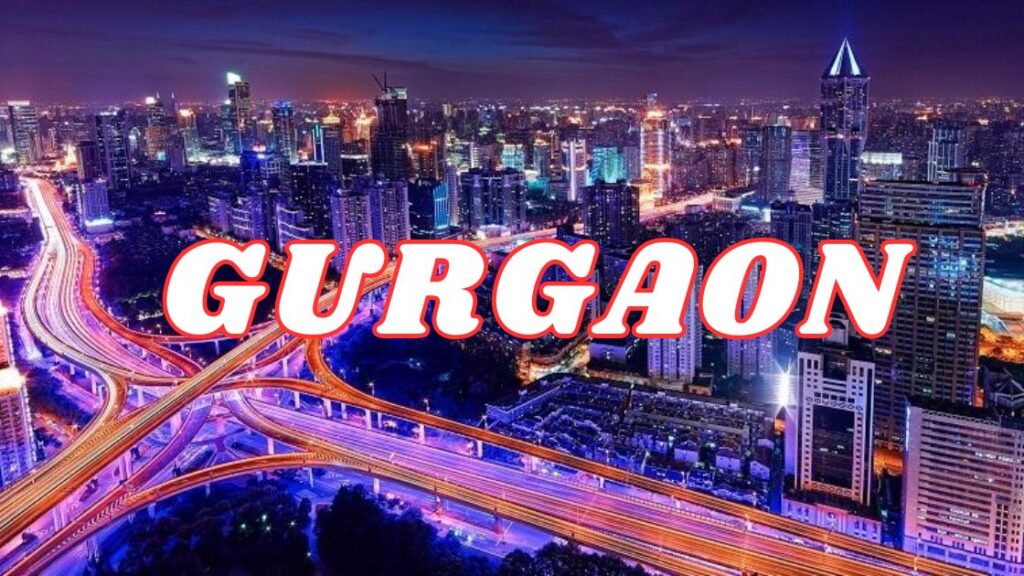Independence Day is celebrated on August 15 each year, marking India’s liberation from British rule. This significant day commemorates August 15, 1947, when the Indian Independence Act came into effect, officially ending British colonial rule and transferring legislative power to the Indian Constituent Assembly.
Every August 15, the nation observes this momentous occasion with vibrant celebrations. The day often begins with the hoisting of the Indian national flag, particularly at the Red Fort in Delhi, where the Prime Minister of India raises the flag and addresses the country. The flag-hoisting ceremony is a central feature of the day, accompanied by lively parades, fireworks, and a range of cultural events held across the country.
The atmosphere on August 15 is charged with patriotism. Citizens come together to sing patriotic songs and the National Anthem, “Jana Gana Mana,” reflecting their pride and unity. The celebrations are broadcast live by Doordarshan, India’s national broadcaster, often starting with the traditional shehnai music of Ustad Bismillah Khan.
The journey to independence, culminating on August 15, 1947, was a pivotal moment in India’s history. The transition was completed on January 26, 1950, when India officially became a republic with the adoption of the Constitution of India, which is celebrated as Indian Republic Day.
The path to freedom was marked by largely non-violent resistance led by Mahatma Gandhi and the Indian National Congress. Despite the peaceful efforts, the partition of British India into India and Pakistan on August 15, 1947, led to significant turmoil, including riots and the displacement of millions.
August 15: Significance of India’s Independence Day Impact
Independence Day remains a time for reflection, pride, and celebration. It is a day for all Indians to honor the sacrifices made for their freedom and to celebrate their nation’s rich heritage and achievements.
Historical Journey to Indian Independence August 15
By the late 17th century, European traders had begun establishing outposts in the Indian subcontinent. Through a combination of military might and strategic maneuvering, the East India Company gradually overpowered local kingdoms, solidifying their dominance by the 18th century. After the Indian Rebellion of 1857, the Government of India Act 1858 marked a significant shift, placing India directly under the control of the British Crown.
The pivotal moment came on August 15, 1947, when India gained independence. This date, August 15, is now celebrated annually as Independence Day, symbolizing the end of British rule and the birth of a new nation. The legacy of August 15 continues to resonate as a day of national pride and reflection on the journey to freedom.
In the years that followed, Indian civic society began to take shape, with the Indian National Congress Party being a notable example, formed in 1885. The post-World War I era saw some colonial reforms, such as the Montagu–Chelmsford Reforms. However, it was also a time of rising discontent, fueled by the unpopular Rowlatt Act and increasing demands for self-rule from Indian activists. This discontent ignited widespread non-violent movements of non-cooperation and civil disobedience, led by Mohandas Karamchand Gandhi.
In the 1930s, the British began implementing gradual reforms, and the Congress Party achieved significant electoral victories. However, the 1940s brought political upheaval: India’s involvement in World War II, the Congress Party’s final push for non-cooperation, and a rise in Muslim nationalism led by the All-India Muslim League intensified the situation. This growing political tension culminated in the achievement of independence in 1947. The excitement of independence was marred by the violent partition of colonial India into India and Pakistan.
Pre-Independence Observances of Independence Day
Hasrat Mohani holds a unique place in Indian history as the first person to formally demand “Complete Independence” (Azadi-e-Kaamil). His call for full sovereignty for India came to the forefront during the 1929 session of the Indian National Congress. This pivotal moment in Indian history led to the adoption of the Purna Swaraj declaration, also known as the “Declaration of the Independence of India.” It was on this significant day that January 26 was officially declared as Independence Day in 1930.
The Indian National Congress, under Mohani’s influence and the growing momentum for self-rule, urged people to dedicate themselves to a path of civil disobedience. They called on Indian citizens to adhere to Congress instructions and persist in their efforts until India achieved complete independence from British rule. The aim of celebrating Independence Day on January 26 was not merely symbolic but intended to ignite a sense of national pride and unity among Indians, and to pressure the British government to reconsider its stance on granting independence.
Between 1930 and 1946, the Congress Party observed January 26 as Independence Day with great significance. The day was commemorated with meetings where attendees would take the “pledge of independence,” reaffirming their commitment to the cause of freedom. These gatherings, described by Jawaharlal Nehru in his autobiography, were characterized by their peaceful and solemn nature. Nehru noted that the events were conducted without speeches or overt exhortation, focusing instead on a shared sense of purpose and dedication.
Mahatma Gandhi envisioned that August 15 would be more than just a day of solemn meetings. He hoped that this historic day would be utilized for constructive work, whether that involved spinning, serving ‘untouchables,’ fostering Hindu-Muslim unity, or promoting prohibition. Gandhi’s idea was to blend the celebration of August 15 with meaningful activities that contributed to social betterment. By doing so, August 15 would not only mark India’s independence but also serve as a day dedicated to improving society and advancing communal harmony.
Following the actual attainment of independence in 1947, January 26 took on an even more profound significance. It was on this day in 1950 that the Constitution of India came into effect, transforming India into a republic. Since then, January 26 has been celebrated annually as Republic Day, marking the adoption of the Constitution and the establishment of India’s sovereign status as a republic.
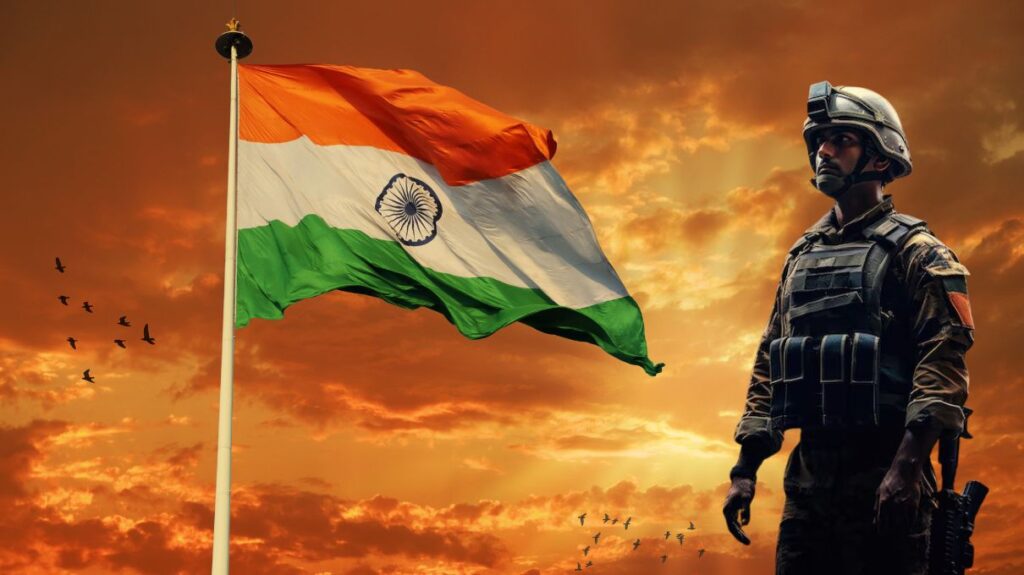
Immediate Pre-Independence Context
In 1946, the Labour government in Britain, grappling with the financial strains of World War II, came to a stark realization: it lacked the domestic support, international backing, and reliable local forces needed to maintain control over an increasingly restive India. Faced with this situation, the British government knew it could not continue its colonial rule in the face of mounting unrest and dissatisfaction.
On February 20, 1947, Prime Minister Clement Attlee made a decisive announcement: Britain would grant full self-governance to British India by June 1948 at the latest. This decision was driven by the pressing need to withdraw from India and address the various challenges facing the British government.
However, Lord Mountbatten, the newly appointed Viceroy, accelerated the timeline for transferring power. He was concerned that ongoing conflicts between the Congress Party and the Muslim League might destabilize the interim government. Mountbatten chose August 15, the second anniversary of Japan’s surrender in World War II, as the new date for the transfer of power.
On June 3, 1947, the British government revealed that it had agreed to partition British India into two separate states. This historic decision was formalized with the announcement of the Indian Independence Act 1947. This Act, passed by the UK Parliament, officially partitioned British India into the two independent dominions of India and Pakistan, which included the territory now known as Bangladesh. The transfer of power and the formal end of British rule were set to take effect on August 15, 1947. This date marked a pivotal moment in history, as it signaled the beginning of a new era for the newly formed nations.
The Act granted full legislative authority to the newly formed constituent assemblies of these countries, marking a pivotal moment in history. The Act received royal assent on July 18, 1947, and the transfer of power was set to take effect on August 15, 1947. This significant date, August 15, 1947, marked the official end of British rule and the beginning of a new era for both nations.
The Era of Partition and Independence
In the months surrounding India’s independence on August 15, millions of refugees from the Muslim, Sikh, and Hindu communities embarked on harrowing journeys across the newly drawn borders. The partition, which was officially enacted on August 15, led to intense violence and suffering, particularly in Punjab, where the borders split Sikh regions in half, resulting in widespread bloodshed. In contrast, regions like Bengal and Bihar experienced less violence, thanks in part to Mahatma Gandhi’s efforts to calm communal tensions during this turbulent time. Overall, between 250,000 and 1,000,000 people lost their lives as a result of the chaos and conflict that ensued following the dramatic changes brought about on August 15.
While the nation celebrated Independence Day with great enthusiasm, Gandhi chose to remain in Calcutta to address the violence and try to restore peace. On August 14, 1947, Pakistan celebrated its own Independence Day, with the new Dominion of Pakistan being officially established. Muhammad Ali Jinnah took office as Pakistan’s first Governor-General in Karachi.
As India prepared for its own momentous occasion, the Constituent Assembly gathered for its fifth session on the night of August 14 in the Constitution Hall in New Delhi. Chaired by President Rajendra Prasad, this session was highlighted by Jawaharlal Nehru’s famous “Tryst with Destiny” speech, in which he proclaimed the dawn of India’s independence.
On August 15, 1947, Nehru’s speech conveyed a profound sense of historical transition: “Long years ago we made a tryst with destiny, and now the time comes when we shall redeem our pledge, not wholly or in full measure, but very substantially. At the stroke of the midnight hour on August 15, when the world sleeps, India will awake to life and freedom. A moment comes, which comes but rarely in history, when we step out from the old to the new. On August 15, an age ends, and when the soul of a nation, long suppressed, finds utterance.”
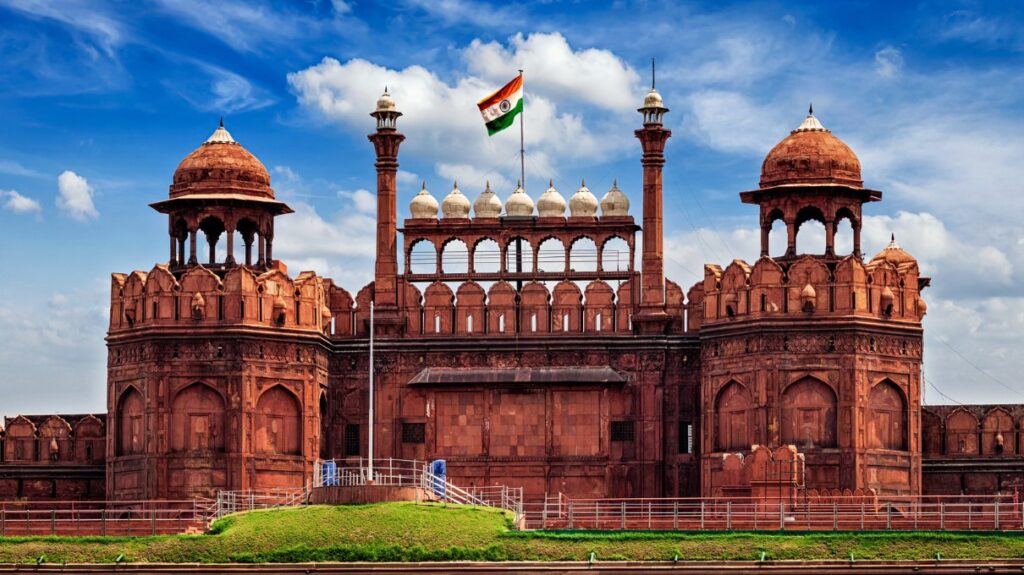
It is fitting that at this solemn moment, we take the pledge of dedication to the service of India and her people and to the still larger cause of humanity.”
The assembly members solemnly pledged themselves to the service of their country, and a group of women, representing the women of India, presented the national flag to the assembly. As the Dominion of India officially became an independent nation, the ceremonies took place in New Delhi, with Nehru assuming the role of the first Prime Minister and Lord Mountbatten continuing as the first Governor-General.
While the celebrations continued, Gandhi’s name resonated among the crowds, though he did not participate in the official events. Instead, Gandhi observed the day with a 24-hour fast, using the occasion to address a gathering in Calcutta, where he urged for peace and harmony between Hindus and Muslims.
Celebrates Independence Day
Independence Day is one of India’s three major national holidays, alongside Republic Day on January 26 and Mahatma Gandhi’s birthday on October 2. This significant day is observed across all Indian states and union territories. The celebrations begin the evening before Independence Day with the President of India delivering the “Address to the Nation.”
On August 15, the Prime Minister of India performs the ceremonial hoisting of the national flag from the historic Red Fort in Delhi. During this address, the Prime Minister reflects on the achievements of the past year, discusses key issues, and calls for continued progress. The speech also honors the leaders of the Indian independence movement. Following the address, the national anthem, “Jana Gana Mana,” is sung, and a parade featuring divisions of the Indian Armed Forces and paramilitary forces takes place. These August 15 events are complemented by parades and cultural pageants that depict scenes from India’s struggle for independence and celebrate its rich cultural diversity.
In state capitals, Chief Ministers now lead similar celebrations, having taken over the flag-hoisting duties from the Governor of the State starting in 1974. This change came after Tamil Nadu’s Chief Minister M. Karunanidhi petitioned Prime Minister Indira Gandhi to allow Chief Ministers to perform this honor as well.
Throughout the country, both government and non-government institutions hold flag-hoisting ceremonies and cultural programs to celebrate August 15, India’s Independence Day. Schools and colleges actively participate by organizing events and showcasing decorations. Government buildings are often illuminated with strings of lights, while streets are adorned with flags and portraits of freedom fighters. In cities like Delhi, kite flying adds a festive touch to the August 15 celebrations.
The national flag, in various sizes, is prominently displayed, symbolizing patriotism and national pride. Citizens also incorporate the tricolor into their clothing, wristbands, cars, and household items. Over the years, the focus of the August 15 celebration has broadened from strict nationalism to a more inclusive acknowledgment of all aspects of Indian identity and heritage.
In Nadia, West Bengal, the celebrations take place on August 17-18 instead of August 15 due to a historical map error that initially placed parts of the district in Pakistan. This error was corrected following public protests on the night of August 17.
The Indian diaspora worldwide also observes Independence Day with enthusiasm, hosting parades and pageants in regions with significant Indian immigrant communities. In cities such as New York, August 15 has become known as “India Day,” where celebrations either occur on the day itself or on a nearby weekend.
Commemorating Black Day
Since the late 1980s, Kashmiris across the Kashmir Valley have observed India’s Independence Day as a “Black Day.” This event is marked by a series of deliberate actions that highlight their dissent. On this day, a general strike is called, and a civil curfew is enforced, during which many businesses close their doors, and road traffic is significantly reduced. One of the most striking elements of this observance is the ceremonial burning of the Indian flag, a symbolic act intended to express their dissatisfaction and protest.
Black flags are prominently displayed on buildings throughout the region administered by India, further underscoring their protest. These actions are not just local expressions of discontent but are intended to send a powerful message to the international community. The observance of “Black Day” reflects the deep-seated belief among Kashmiris that India has deprived them of their fundamental right to self-determination, using force to maintain control over the region. This day of protest is a significant and visible demonstration of their ongoing struggle and desire for recognition and autonomy.

Security threats
Within three years of India’s independence, the Naga National Council called for a boycott of Independence Day in northeast India. The region saw a rise in separatist protests during the 1980s, with insurgent groups like the United Liberation Front of Assam and the National Democratic Front of Bodoland disrupting celebrations with boycotts and violent attacks. Similarly, in Jammu and Kashmir, where insurgency grew from the late 1980s, separatists boycotted Independence Day through strikes, black flags, and flag burnings. Groups like Lashkar-e-Taiba, Hizbul Mujahideen, and Jaish-e-Mohammed have also threatened and carried out attacks around this time. Maoist rebel organizations have likewise called for boycotts.
In response to these threats, security measures are heightened, especially in major cities like Delhi and Mumbai and in conflict-ridden areas like Jammu and Kashmir. The airspace around the Red Fort is restricted to prevent aerial threats, and additional police forces are deployed. After Indira Gandhi’s assassination, prime ministers delivered their speeches from behind bullet-proof glass, a practice that Narendra Modi discontinued upon taking office in 2014. Despite this, heightened security measures remain in place to ensure the safety of the Prime Minister.
Popular Culture Reflections
On Independence Day and Republic Day in India, patriotic songs in various regional languages are broadcast across television and radio channels. These songs often accompany flag-hoisting ceremonies, adding to the day’s celebratory atmosphere. Additionally, patriotic films are shown on television. However, over the years, there has been a noticeable decline in the number of such films broadcast, as audiences have grown weary of repeated patriotic themes, according to The Times of India.
For Generation Y, these national celebrations often blend traditional nationalism with popular culture. This fusion is evident in the vibrant displays of the tricolour—on outfits, snacks, and other items—as well as in garments reflecting India’s rich cultural heritage. Many shops also run Independence Day sales promotions, although some critics have raised concerns about the commercialization of the holiday.
The Indian Postal Service contributes to the celebrations by releasing commemorative stamps featuring leaders of the independence movement, nationalistic themes, and defense-related imagery each 15 August.
The impact of independence and partition is also reflected in various artistic and literary works. These creations often delve into the human cost of partition, focusing on the profound changes that followed. For example, Salman Rushdie’s acclaimed novel Midnight’s Children (1980) centers on children born at the stroke of midnight on 14–15 August 1947, endowed with magical abilities.
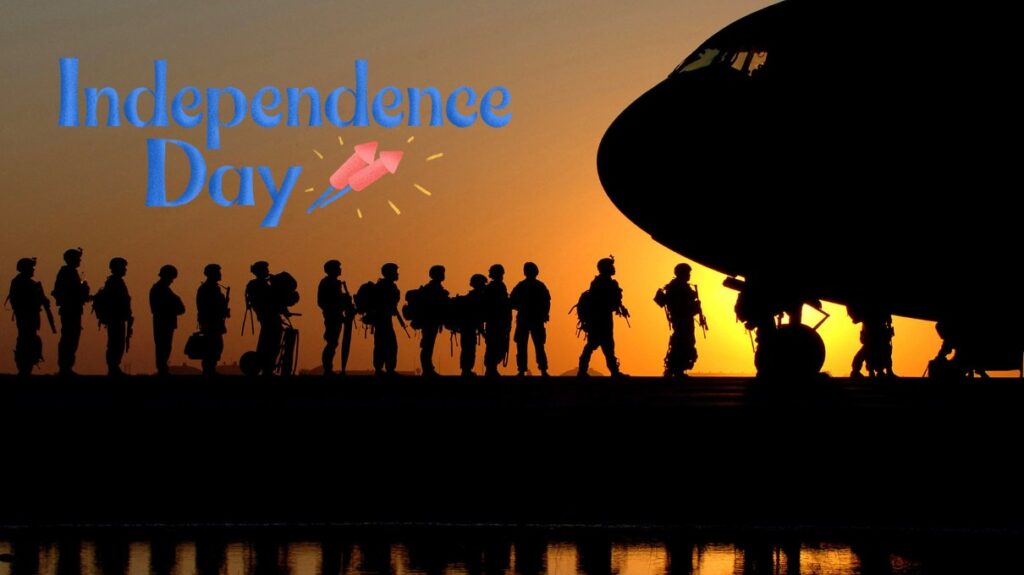
Another notable work is Freedom at Midnight (1975) by Larry Collins and Dominique Lapierre, which documents the events surrounding India’s first Independence Day celebrations. While few films concentrate solely on the moment of independence, many explore the partition and its aftermath. On a lighter note, Google has been celebrating India’s Independence Day since 2003 with special doodles on its Indian homepage, adding a modern touch to the commemoration.


